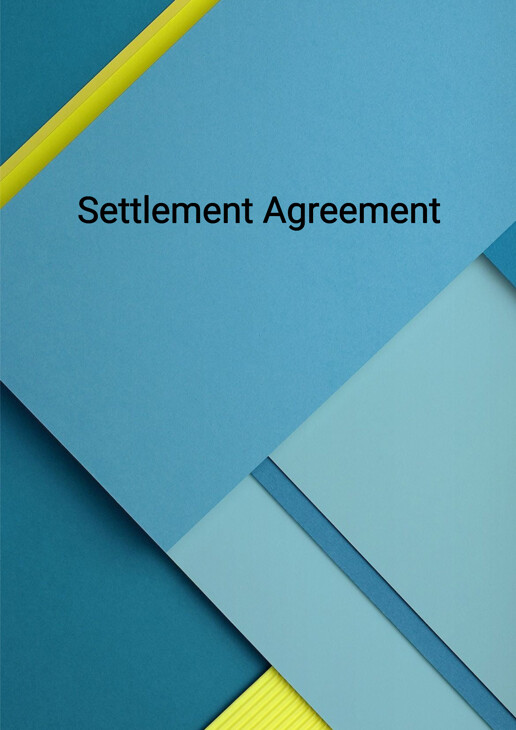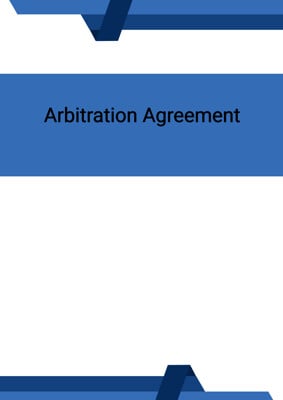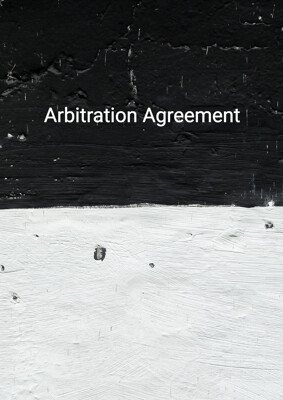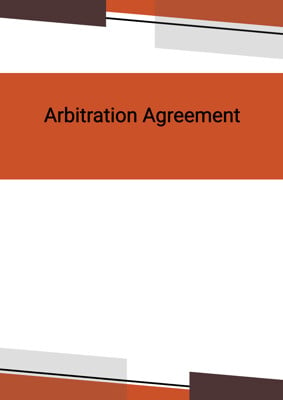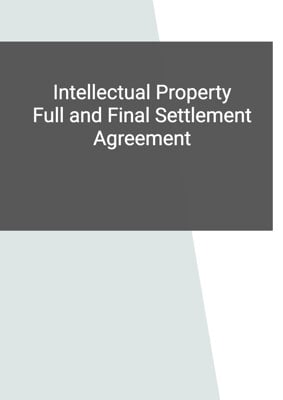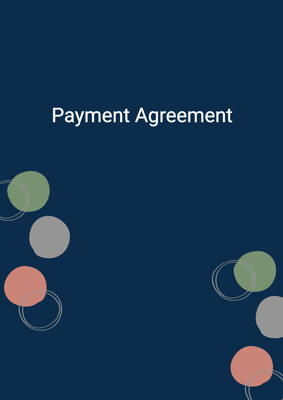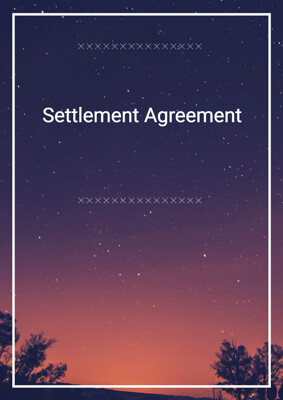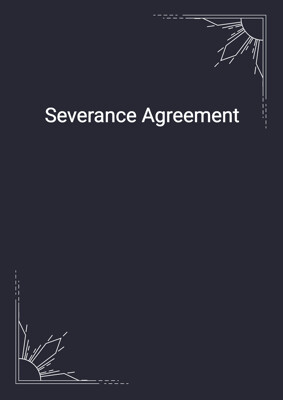How to Tailor the Document for Your Need?
01
Create Document
Fill in the details of the parties. You can click the "Fill with Member’s Information" button to complete it with information saved to your account.
02
Fill Information
Please fill in any additional information by following the step-by-step guide on the left hand side of the preview document and click the "Next" button.
03
Get Document
When you are done, click the "Get Document" button and you can download the document in Word or PDF format.
04
Review Document
Please get all parties to review the document carefully and make any final modifications to ensure that the details are correct before signing the document.
Document Preview
Document Description
The Settlement Agreement is a legal document that outlines the terms and conditions for settling a claim between two parties, referred to as the claimant and the defendant. The importance of this document lies in its ability to resolve disputes and avoid litigation by providing a mutually agreed-upon settlement.
The entire document consists of several sections that cover different aspects of the settlement agreement. The first section is the preamble, which provides background information about the claim and the parties involved. It states that the claimant has filed a claim against the defendant and that both parties wish to settle the matter amicably.
The second section outlines the terms and conditions of the settlement. It states that the defendant will pay a specified settlement amount to the claimant by a certain date. In return, the claimant agrees to perform certain actions, such as adjourning the hearing of the claim and withdrawing the claim with no order as to costs. The claimant also undertakes to release the defendant from all liabilities.
The third section contains the claimant's undertakings, which specify the actions the claimant will take within a certain timeframe after receiving the settlement amount. These undertakings are meant to fulfill the claimant's obligations towards the defendant.
The fourth section confirms that both parties release each other from all past, present, and existing liabilities. It states that this settlement agreement is the full and final settlement of all claims and disputes arising from the claim, and that both parties agree to release and discharge each other from any other liabilities not expressly stated in the agreement.
The fifth section states that the settlement agreement supersedes any prior written or oral agreements between the parties. It also states that all terms and conditions in the agreement are severable, meaning that if any of them are held to be invalid, the rest of the agreement will still be enforceable.
The sixth section states that each party will bear its own costs in relation to the claim and the settlement agreement. It also includes a confidentiality clause, stating that the parties will not disclose the terms of the agreement to third parties, except for enforcement purposes or as required by law.
The seventh section states that the settlement agreement is binding on the parties' assignees and successors in title. Finally, the document includes a jurisdiction clause, stating the applicable jurisdiction for any disputes arising from the agreement.
In summary, the Settlement Agreement is an important document that provides a legally binding settlement for a claim between two parties. It covers various aspects of the settlement, including the payment of a settlement amount, the claimant's undertakings, the release of liabilities, and confidentiality. It is a comprehensive agreement that aims to resolve disputes and avoid further legal proceedings.
How to use this document?
To use the Settlement Agreement effectively, follow these steps:
1. Provide information: Enter the names and addresses of both parties, referred to as the claimant and the defendant, in the agreement. This ensures that both parties are clearly identified.
2. Specify settlement amount and payment date: Clearly state the agreed settlement amount that the defendant will pay to the claimant. Also, specify the date by which the payment should be made. This ensures that both parties are aware of the financial terms of the settlement.
3. Perform necessary actions: The claimant should adjourn the hearing of the claim before the court to a date to be fixed, with no order as to costs. Upon receiving the settlement amount, the claimant should immediately withdraw the claim by delivering the prescribed notice to the court. A copy of the notice should also be sent to the defendant or their lawyer within 2 days. These actions fulfill the claimant's obligations towards the defendant.
4. Release of liabilities: Both parties should confirm that they have no further claims against each other and agree to release and discharge each other from all past, present, and existing liabilities. This ensures that both parties are aware of the scope of the release.
5. Finalize the settlement: Agree that the settlement agreement is the full and final settlement of all claims and disputes arising from the claim. This ensures that both parties understand that the agreement resolves all issues related to the claim.
6. Confidentiality: Agree not to disclose the terms of the settlement agreement to any third parties, except for enforcement purposes or as required by law. This ensures that the terms of the agreement remain confidential.
7. Execution and counterparts: Sign the settlement agreement in duplicate or multiple counterparts. Each counterpart has the same effect as the other. This ensures that both parties have a copy of the executed agreement.
By following these steps, both parties can effectively use the Settlement Agreement to settle their claim and avoid further legal proceedings.
Not the right document?
Don’t worry, we have thousands of documents for you to choose from:
